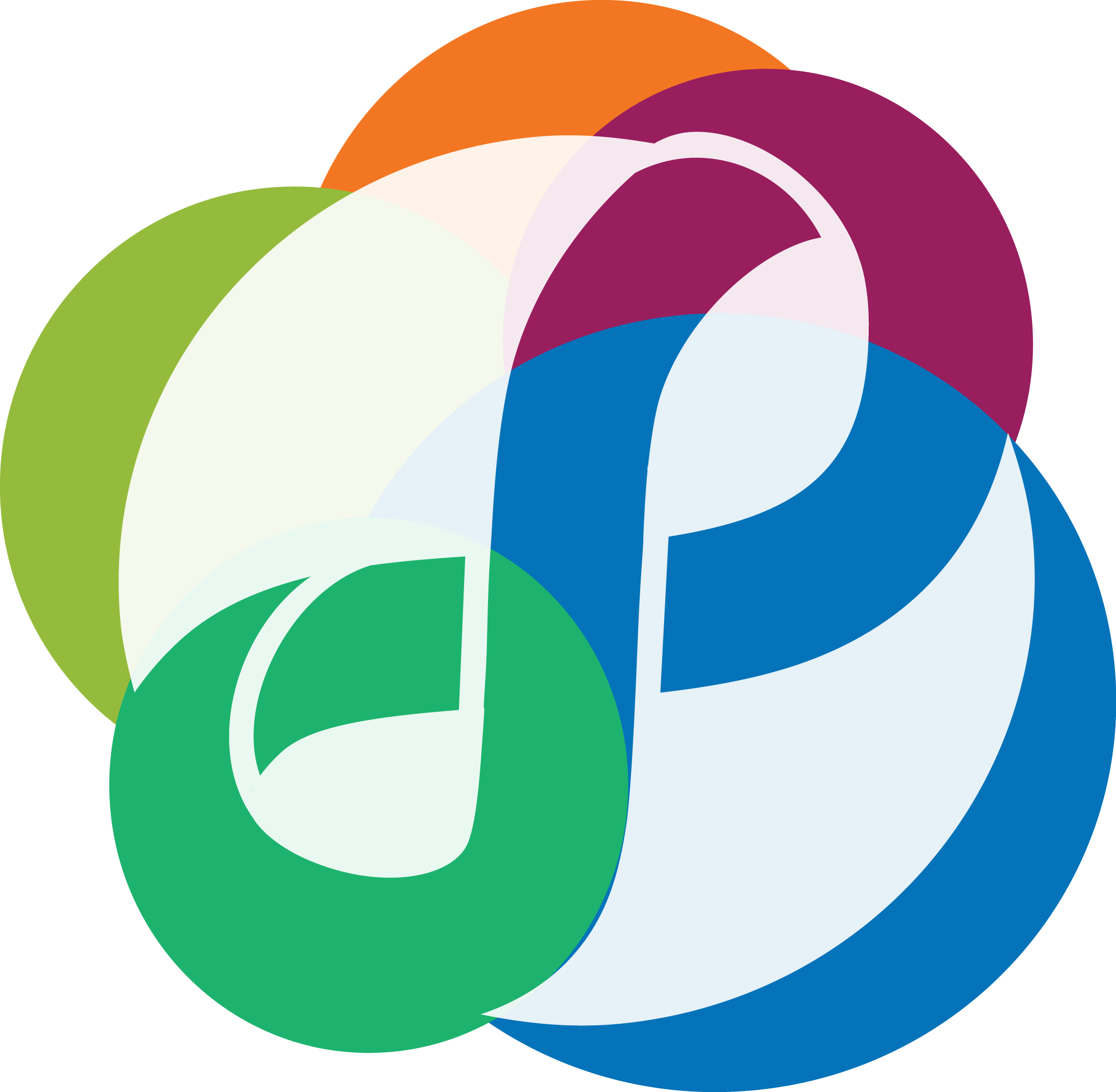Activity Streams are a similar concept to Latest Activity or Recent Activity in Facebook.
They are posted to by any eResources component so that blog posts, friend requests, joining groups, topics/replies posted in groups, status updates, profiles changes and any other activities are automatically recorded onto the activity streams.
Members can use activity streams to follow activity site wide, just for their friends, or just for their groups, and to track @username mentions of their username.
They can also reply to any activities as simply as:
- Click on Comment
- Write your message
- Click on Post
Any image used near the top of a blog post will displays as a thumbnail in the activity stream — this is unique to the activity stream and this thumbnail image doesn’t display on any other page.
Members can also grab the RSS feed from the activity streams to use in Feed Readers and RSS Widgets to obtain a network wide activity feed.
Navigating the Activity Pages
There are five different Activity pages:
1. Personal – your most recent activities
2. Friends – most recent activities of your friends
3. Groups – most recent activities in groups you belong to
4. Favorites – most recent activities that you have marked as favorite
5. @username Mentions – most recent activities that include the use of an @ followed by the person’s username
Writing Status Updates using your Personal Activity page
Above the Activity listings on your Personal page is a text box where you can provide a quick status update directly onto your activity stream — works similar to posting an update in Facebook or Twitter.
You can use it to tell others what you are currently doing, ask a question that other community members will see or share helpful tips.
Posting an update is as simple as:
- Write your update
- Click Post Update
About the Favorites Activity page
When you discover an something of special interest in an activity stream, you may mark it as a Favorite — this will enable you to retrieve it again later.
How @username Mentions Activity page works
@ in front of a member’s username is a unique identifier for that person that you can type into any message in eResources. That user will be sent a notification and a link to to where it was used.
Works on a similar principles to @replies in Twitter except detects it’s use anywhere across the entire site such as comments on posts, forum posts, replies in activity streams, status updates.
Sorting and filtering listings on the Activity pages
Each Activity page lists the 25 most recent updates per page. On the right hand side of each activity page you can sort and filter the Activities listings on that page.
Filter options are:
- No filter – this is the default option and shows all posssible activities
- Updates – displays just members updates
- Posts – displays list of recent blog posts
- Comments – displays recent blog comments
- Friendships – displays newly created friendships between members
- Topics – displays only new topics created within Group forums
- Replies – displays only new replies within Group forums
- New Groups – displays newly created Groups
- Group Memberships – displays new members to Groups

